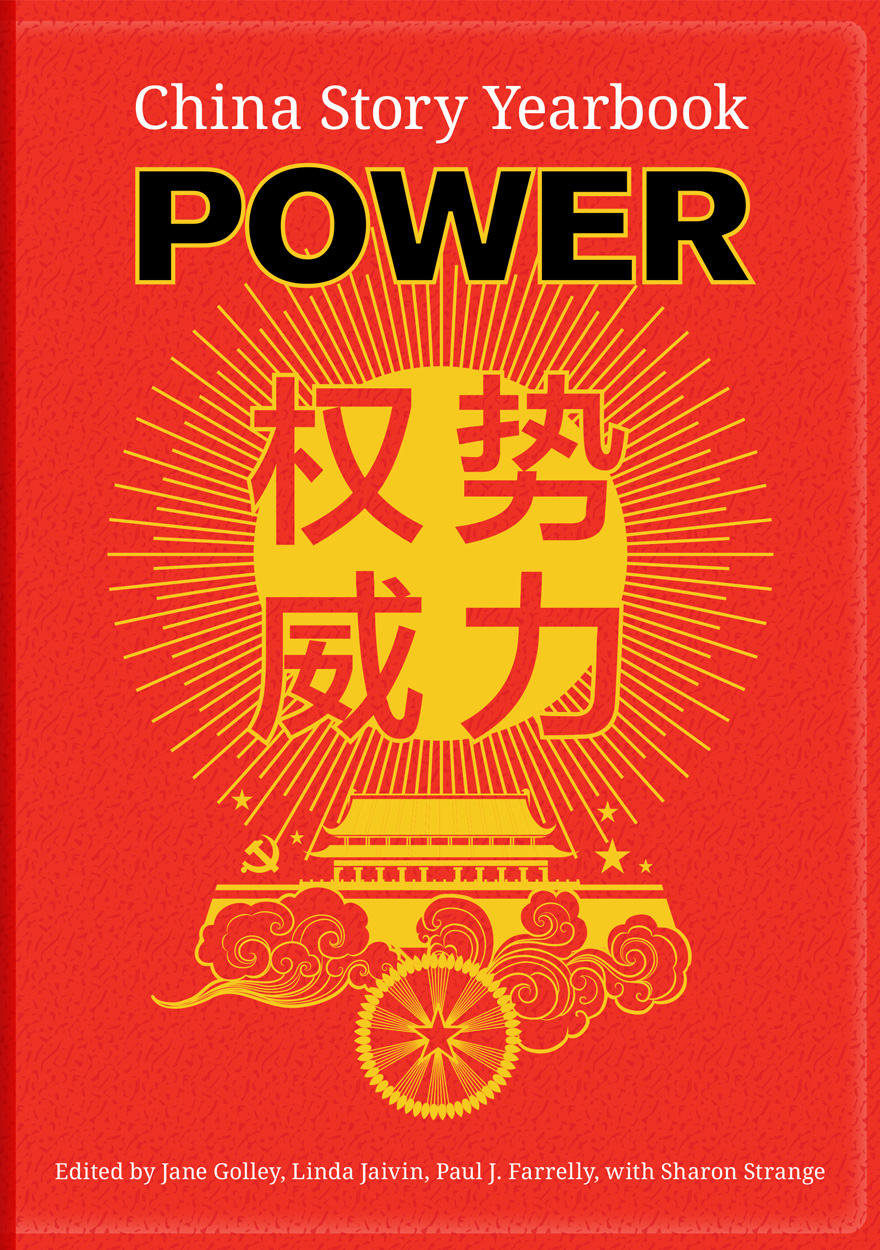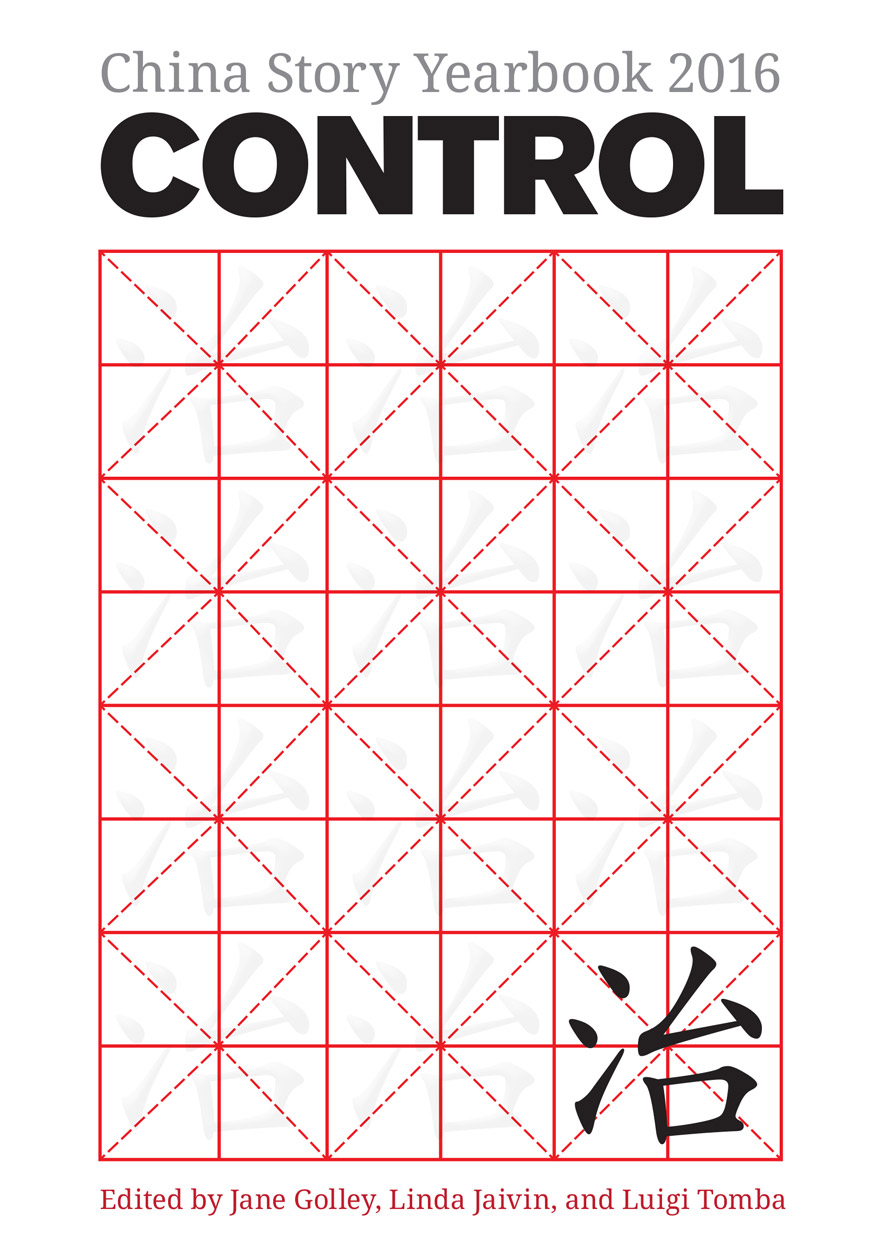Jane Golley

Jane Golley is an economist focused on a range of Chinese transition and development issues. She is the Director of the Australian Centre on China in the World (CIW).

Crisis »
Edited by: Jane Golley, Linda Jaivin, Sharon Strange
Publication date: April 2021
The year 2020 was marked by a series of rolling crises. The Australian wildfires at the start of the year were a catastrophic sign of the global climate crisis. Xi Jinping’s announcement in September that the People’s Republic of China would become carbon neutral by 2060 could help alleviate the crisis, but China has to fix its coal problem first. The big story was, of course, the global COVID-19 pandemic. Appearing to originate in a Wuhan wet market, by year’s end the pandemic had claimed nearly 2 million lives worldwide, put whole countries into lockdown, and sent economies around the world tumbling into recession. China itself successfully suppressed the disease at home and recorded positive economic growth for the year — proving, at least according to the Chinese Communist Party, the ‘superiority of the socialist system’. Not everyone was convinced, with persistent questions about the CCP’s initial cover up of the outbreak, and how the lack of transparency helped it become a pandemic in the first place.
The China Story Yearbook 2020: Crisis surveys the multiple crises of the year of the Metal Rat, including the catastrophic mid-year floods that sparked fears about the stability of the Three Gorges Dam. It looks at how Chinese women fared through the pandemic, from the rise in domestic violence to portraits of female sacrifice on the medical front line to the trolling of a famous dancer for being childless. It also examines the downward-spiralling Sino-Australian relationship, the difficult ‘co-morbidities’ of China’s relations with the US, the end of ‘One Country, Two Systems’ in Hong Kong, the simmering border conflict with India, and the rise of pandemic-related anti-Chinese racism. The Yearbook also explores the responses to crisis of, among others, Daoists, Buddhists, and humourists — because when all else fails, there’s always philosophy, prayer, and laughter.

China Dreams »
Publication date: April 2020
The year 2019 marked a number of significant anniversaries for the People’s Republic of China (PRC), each representing different ‘Chinese dreams’. There was the centennial of the May Fourth Movement — a dream of patriotism and cultural renewal. The PRC celebrated its seventieth anniversary — a dream of revolution and national strength. It was also thirty years since the student-led Protest Movement of 1989 — dreams of democracy and free expression crushed by government dreams of unity and stability. Many of these ‘dreams’ recurred in new guises in 2019. President Xi Jinping tightened his grip on power at home while calling for all citizens to ‘defend China’s honour abroad’. Escalating violence in Hong Kong, the ongoing suppression of Uyghurs in Xinjiang, and deteriorating Sino-US relations dominated the headlines. Alongside stories about China’s advances in artificial intelligence and geneticially modified babies and its ambitions in the Antarctic and outer space, these issues fuelled discussion about what Xi’s own ‘China Dream’ of national rejuvenation means for Chinese citizens and the rest of the world.
The China Story Yearbook: China Dreams reflects on these issues and more. It surveys the dreams, illusions, aspirations, and nightmares that coexisted (and clashed) in 2019 in China and beyond. As ever, we take a cross-disciplinary perspective that recognises the inextricable links between economy, politics, culture, history, language, and society. The Yearbook, with its accessible analysis of the main events and trends of the year, is an essential tool for understanding China’s growing power and influence around the world.

Power »
Edited by: Jane Golley, Linda Jaivin, Paul J. Farrelly, Sharon Strange
Publication date: April 2019
In 2018, the People’s Republic of China (PRC) was, by most measures, more powerful than at any other time in its history and had become one of the most powerful countries in the world. Its economy faced serious challenges, including from the ongoing ‘trade war’ with the US, but still ranked as the world’s second largest. Its Belt and Road Initiative, meanwhile, continued to carve paths of influence and economic integration across several continents. A deft combination of policy, investment, and entrepreneurship has also turned the PRC into a global ‘techno-power’. It aims, with a good chance of success, at becoming a global science and technology leader by 2049 – one hundred years from the founding of the PRC.
In surveying the various ways in which the Party-state wields its hard, soft, and sharp power, the China Story Yearbook: Power offers readers a sense of the diversity of power at work both in China and abroad. Citizens of the PRC have long negotiated the state’s influence; increasingly, diaspora communities and other actors are now being subject to its might. As with previous editions in the series, we place important developments in historical context, and adopt a cross-disciplinary approach: it is our view that economy and politics cannot be divorced from culture, history, and society. The Yearbook provides accessible analysis of the main events and trends of the year and is an essential tool for understanding China’s growing power and influence around the world.

Prosperity »
Edited by: Jane Golley, Linda Jaivin
Publication date: April 2018
A ‘moderately prosperous society’ with no Chinese individual left behind—that’s the vision for China set out by Chinese President Xi Jinping in a number of important speeches in 2017. ‘Moderate’ prosperity may seem like a modest goal for a country with more billionaires (609 at last count) than the US. But the ‘China Story’ is a complex one. The China Story Yearbook 2017: Prosperity surveys the important events, pronouncements, and personalities that defined 2017. It also presents a range of perspectives, from the global to the individual, the official to the unofficial, from mainland China to Hong Kong and Taiwan. Together, the stories present a richly textured portrait of a nation that in just forty years has lifted itself from universal poverty to (unequally distributed) wealth, changing itself and the world in the process.

Control »
Publication date: June 2017
‘More cosmopolitan, more lively, more global’ is how the China Daily summed up the year 2016 in China.
It was also a year of more control. The Chinese Communist Party laid down strict new rules of conduct for its members, continued to assert its dominance over everything from the Internet to the South China Sea and announced a new Five-Year Plan that Greenpeace called ‘quite possibly the most important document in the world in setting the pace of acting on climate change’.
The China Story Yearbook 2016: Control surveys the year in China’s economy, population planning, law enforcement and reform, environment, Internet, medicine, religion, education, historiography, foreign affairs, and culture, as well as developments in Taiwan and Hong Kong.

Rising China: Global Challenges and Opportunities (Chinese version) »
崛起的中国:全球机遇与挑战(预售)
Edited by: Jane Golley, Ligang Song
Publication date: May 2012
“中国经济前沿”丛书致力于对中国经济发展中的热点问题提供最新的研究成果与解读视角,作者均为国内外相关研究领域最具权威或居于研究前沿的学者。收录的论文无论在理论研究还是实证分析方面,都具有相当高的水准。本书集中于全球金融危机对中国的影响,分别从经济、地缘政治和环境气候变化视角解读世界和中国未来的发展走势。
Chinese print version of this book is available from Social Science and Academic Press

China: The Next Twenty Years of Reform and Development (Chinese version) »
中国:未来二十年的改革与发展
Publication date: June 2011
过去30年,中国在经济改革和对外开放方面取得了巨大成就,从而成为世界上举足轻重的一个经济体。不过,在改革与发展的进程中,仍然存在许多没有解决的问题,也会面临诸多新的挑战。本书旨在关注以下问题:中国如何深化要素市场等颇具争议的领域的改革;如何改革汇率体制和医疗卫生体系,同时,这些改革需要有强有力且高效的配套政策措施,中国才可能应对一系列挑战。这些挑战包括:如何应对劳动力无限供给时代的结束;如何在减少全球贸易失衡中担当建设性的角色;如何提高企业的创新能力;如何应归史无前例的移民、城市化和社会不平等问题;以及如何在低碳发展成为唯一路径的条件下,解决能源和金属使用量增长带来的排放问题。
下载前请阅读下载须知
免费下载文件章节
Chinese print version of this book is available from Social Science and Academic Press

Rising China: Global Challenges and Opportunities »
Edited by: Jane Golley, Ligang Song
Publication date: June 2011
Where the last three decades of the 20th century witnessed a China rising on to the global economic stage, the first three decades of the 21st century are almost certain to bring with them the completion of that rise, not only in economic, but also political and geopolitical terms. China’s integration into the global economy has brought one-fifth of the global population into the world trading system, which has increased global market potential and integration to an unprecedented level. The increased scale and depth of international specialisation propelled by an enlarged world market has offered new opportunities to boost world production, trade and consumption; with the potential for increasing the welfare of all the countries involved.
However, China’s integration into the global economy has forced a worldwide reallocation of economic activities. This has increased various kinds of friction in China’s trading and political relations with others, as well as generating several globally significant externalities. Finding ways to accommodate China’s rise in a way that ensures the future stability and prosperity of the world economy and polity is probably the most important task facing the world community in the first half of the 21st century. The book delves into these issues to reflect upon the wide range of opportunities and challenges that have emerged in the context of a rising China.
Chinese translation

China: The Next Twenty Years of Reform and Development »
Publication date: July 2010
China has made some remarkable achievements during the first three decades of economic reform and opening up, rising to become one of the world’s most dynamic and globally-integrated market economies. Yet there remains much unfinished business on the reform and development agenda, coupled with newly emerging challenges. China: The Next Twenty Years of Reform and Development highlights how the deepening of reforms in critical areas such as domestic factor markets, the exchange rate regime and the health system, combined with the strengthening of channels for effective policy implementation, will enable China to cope with the challenges that lie ahead. These include responding to the pending exhaustion of the unlimited supply of labour; playing a constructive role in reducing global trade imbalances; enhancing firms’ ability to innovate; coping with migration, urbanisation and rising inequalities on scales unknown in world history; and dealing with rising energy and metal demand in an era in which low-carbon growth has become a necessity rather than a choice.
Chinese translation



